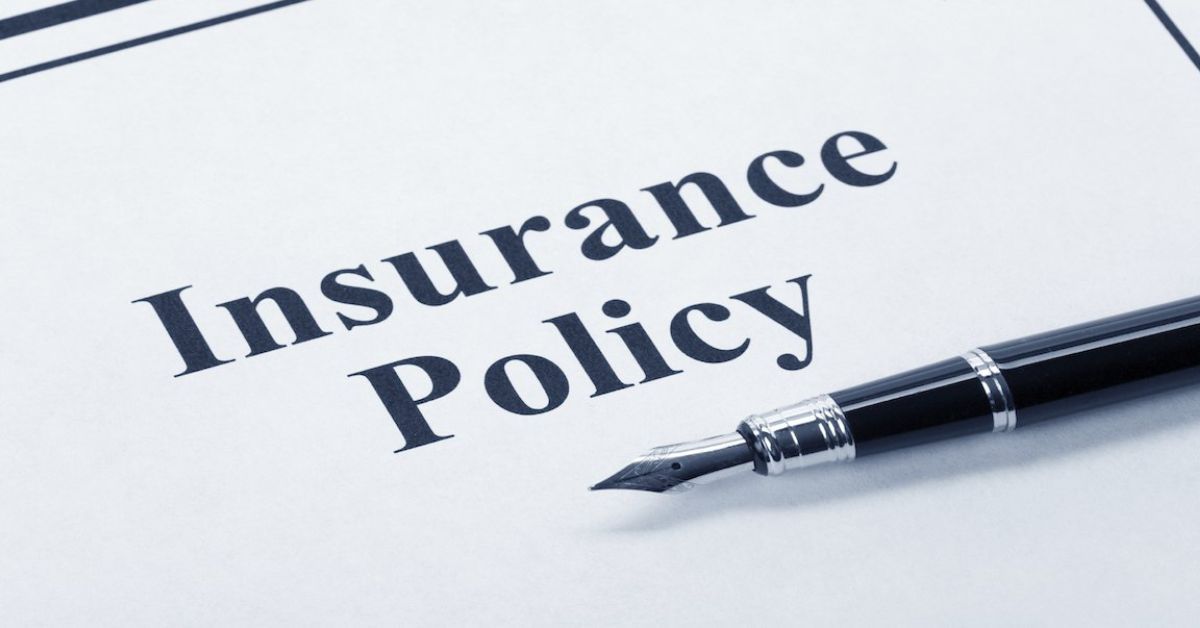Auto Policy Insurance: A Simple Guide
When you own a car, having auto policy insurance is not just a smart idea as it is usually required by law. Many people buy car insurance without really knowing what it means or what it covers. In this article, we will break down in details everything you need to know about auto policy insurance.
What is Auto Policy Insurance?
Auto policy insurance is a contract between you and an insurance company. You agree to pay a fee, known as a premium, and in return, the company agrees to pay for certain car-related expenses. These expenses could include damage to your vehicle, injury to other people, or damage to other people’s property caused by your car.
The main goal of auto policy insurance is to protect you financially if something goes wrong while you’re driving. Whether it’s a small fender bender or a serious accident, having the right insurance can save you from paying huge bills out of pocket.
Why is Auto Policy Insurance Important?
Driving without insurance is risky. If you cause an accident, you might be responsible for paying for injuries, car repairs, or even legal costs. These expenses can add up to thousands of dollars. Auto policy insurance gives you peace of mind. It helps cover those costs and protects your personal savings.
In many states or countries, car insurance is required by law. If you’re caught driving without it, you could face fines, lose your driver’s license, or even have your car taken away.
Also read: What is Comprehensive Auto Insurance and What Does It Cover?
Types of Coverage in an Auto Policy
When you buy an auto policy insurance plan, you can choose from different types of coverage. Here are the most common ones:
1. Liability Insurance
This is the most basic type of vehicle coverage and is usually required by law. It pays for damage or injuries you cause to others if you’re at fault in an accident. It does not cover your own car or injuries.
2. Collision Coverage
Collision coverage pays for repairs to your car if it’s damaged in an accident, regardless of who caused it. This is especially useful if you drive a newer car or if you still owe money on your vehicle.
3. Comprehensive Coverage
Comprehensive coverage protects your car from things that aren’t crash-related, like theft, fire, floods, or even a tree falling on your car. It’s a smart add-on if you want full protection.
4. Personal Injury Protection (PIP)
Also known as “no-fault insurance,” PIP pays for medical bills for you and your passengers, no matter who caused the accident. It can also cover lost wages and other related costs.
5. Uninsured or Underinsured Motorist Coverage
Some people drive without insurance, or they don’t have enough coverage. This part of your auto policy insurance will protect you if you’re hit by someone who doesn’t have the right insurance.
Key Terms You Should Know
Before you choose an auto policy, it helps to understand a few key terms:
-
Premium: This is the amount you pay to the insurance company, either monthly, quarterly, or yearly.
-
Deductible: This is the amount you agree to pay out of your own pocket before your insurance kicks in. A higher deductible usually means a lower premium.
-
Coverage Limit: This is the maximum amount your insurer will pay for a claim.
Read More: Does Insurance cover stolen vehicles
How Much Does Auto Policy Insurance Cost?
The cost of auto policy insurance can vary a lot depending on several factors, such as:
-
Your age and gender
-
Your driving history
-
The type of car you drive
-
Where you live
-
How much coverage you want
If you have a clean driving record and drive a car with good safety features, your premium will likely be lower. On the other hand, if you’ve had accidents or drive a high-end sports car, your insurance will cost more.
Tips for Choosing the Right Auto Policy Insurance
Here are some simple tips to help you choose the best car insurance for your needs:
-
Shop Around: Don’t settle for the first quote you get. Compare prices from different companies.
-
Know What You Need: Think about what kind of protection you want. If your car is old, you might not need full coverage.
-
Ask About Discounts: Many companies offer discounts for safe drivers, good students, or if you bundle your car and home insurance.
-
Read the Fine Print: Make sure you understand what is and isn’t covered before you buy.
What Happens After an Accident?
If you get into an accident, the first thing to do is make sure everyone is safe. Then, contact your insurance company as soon as possible. They’ll guide you through the process of filing a claim. You’ll need to give details about what happened, and in some cases, you might need to submit pictures or a police report.
Once your claim is approved, the insurance company will pay for the covered damages, minus your deductible.
